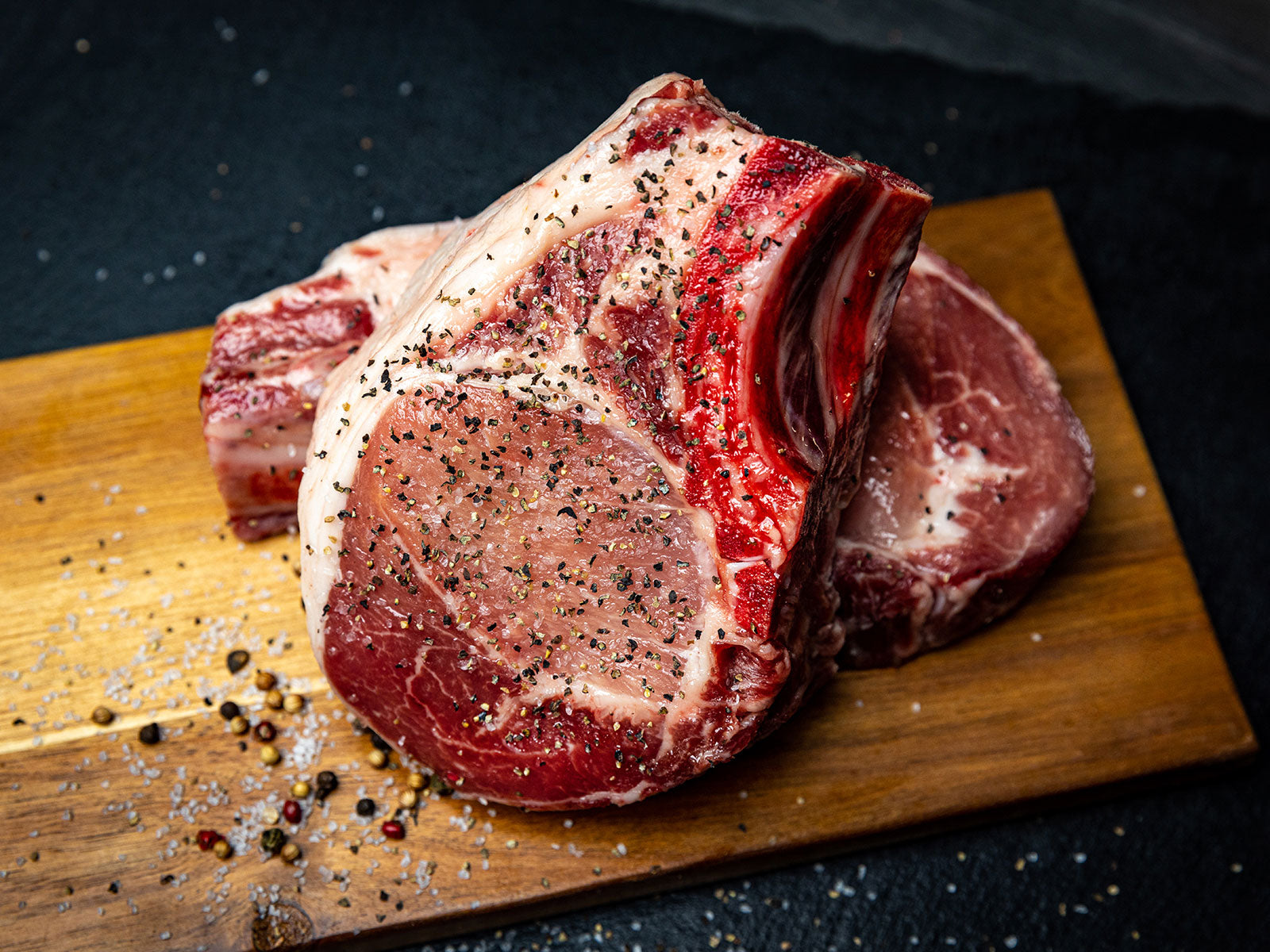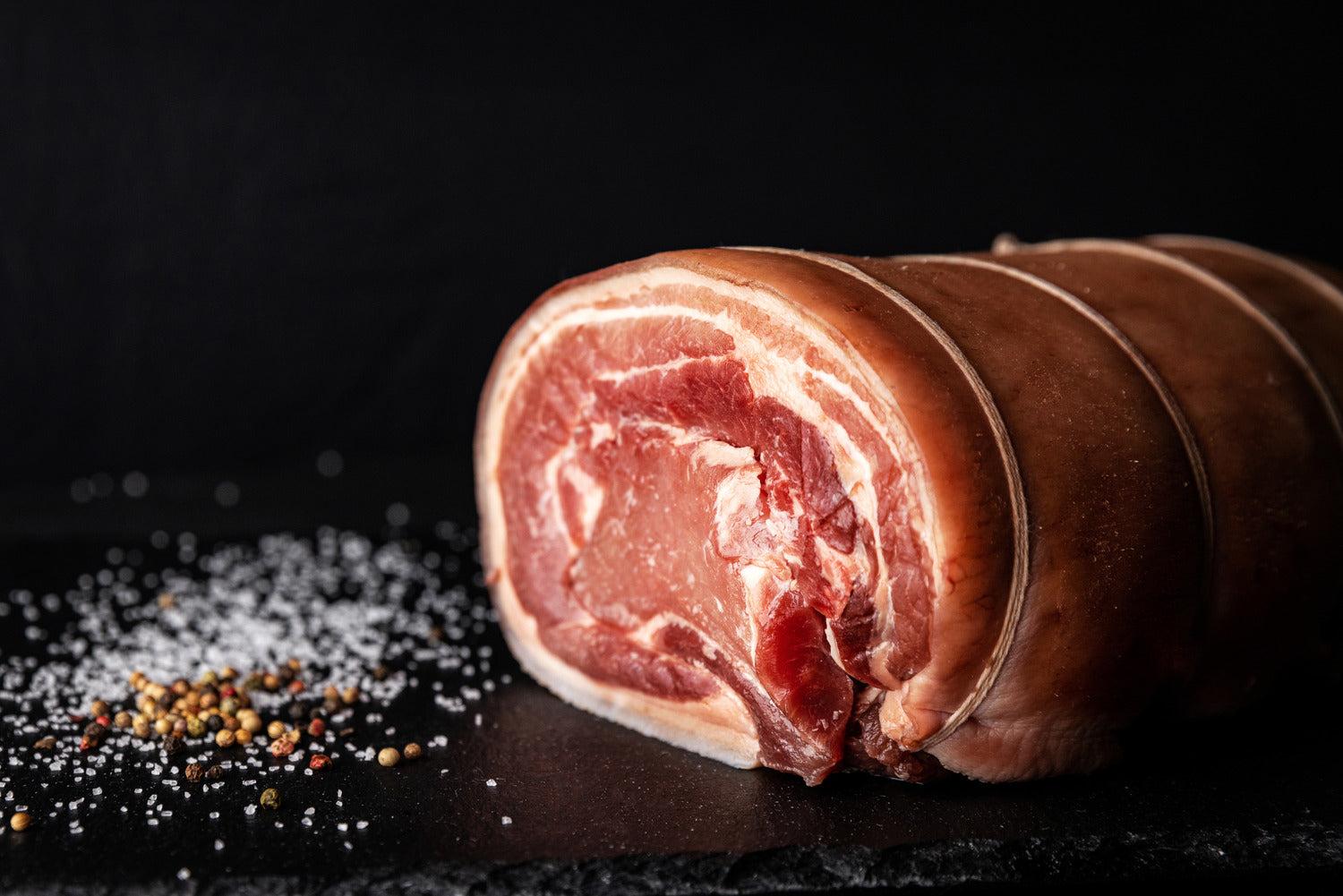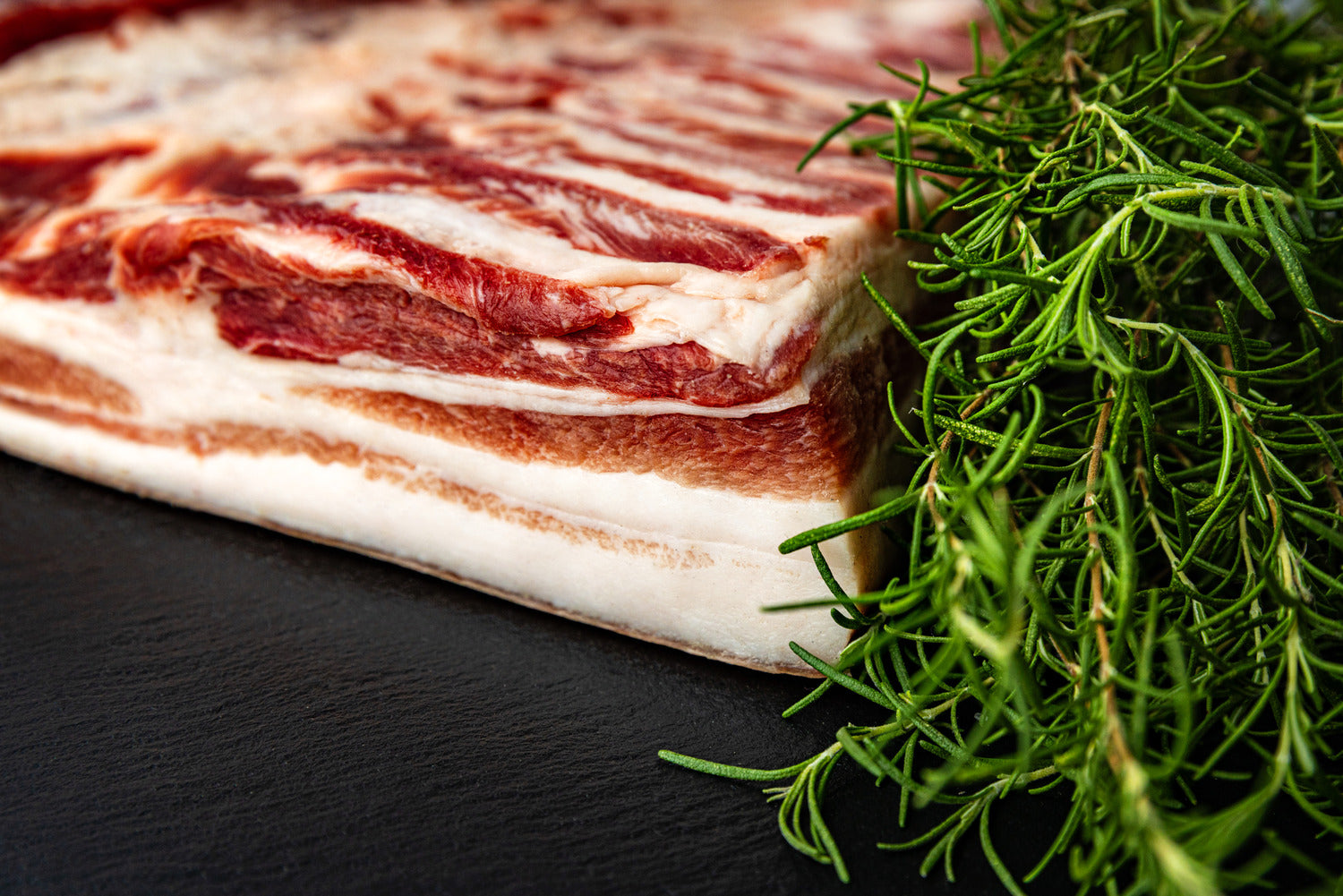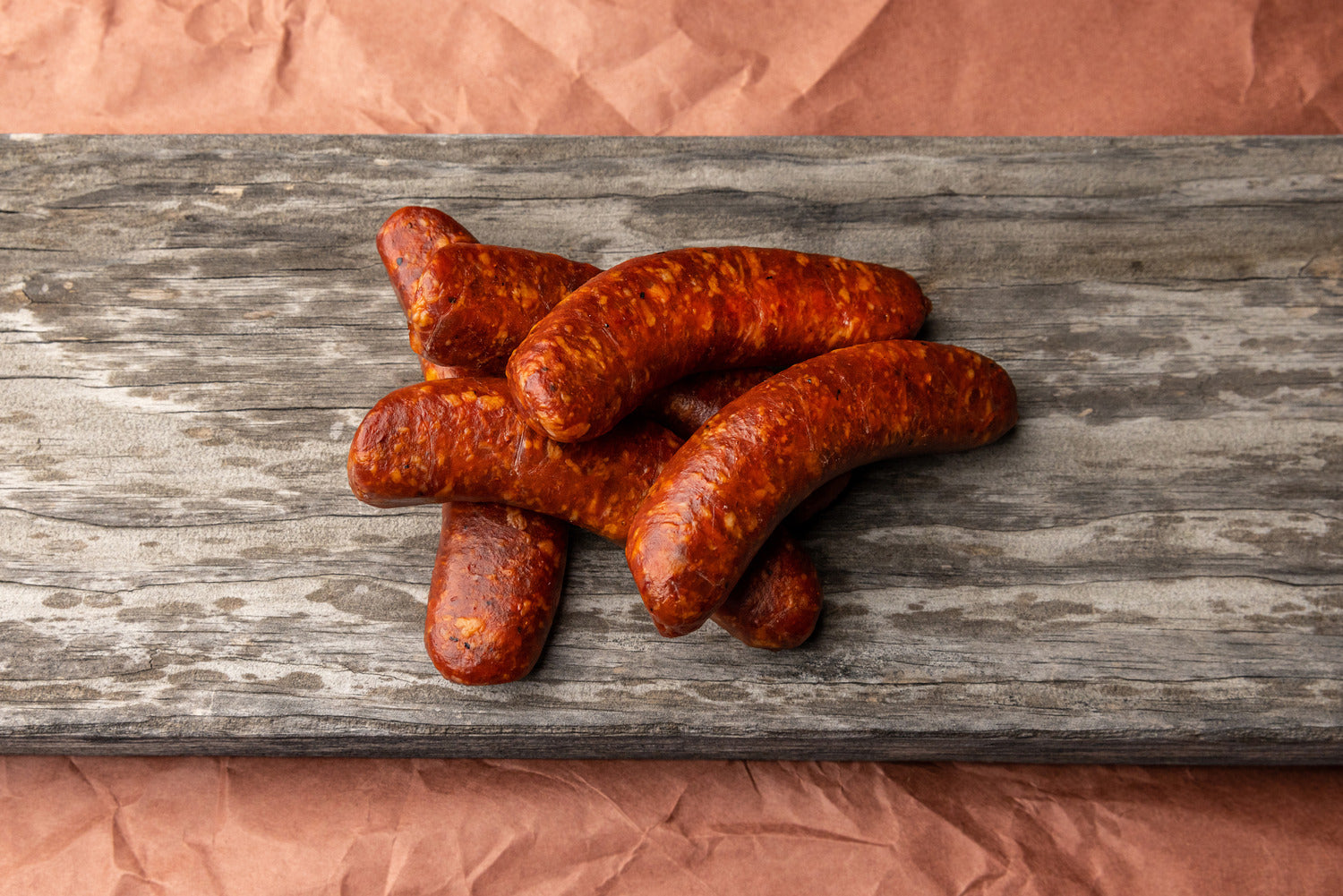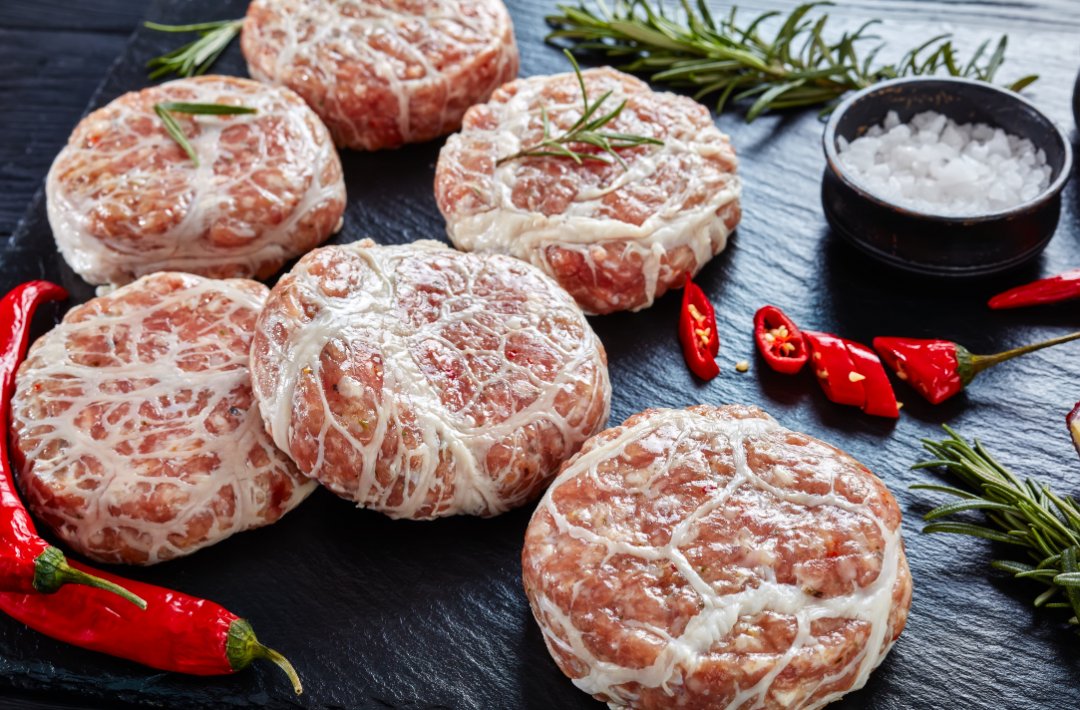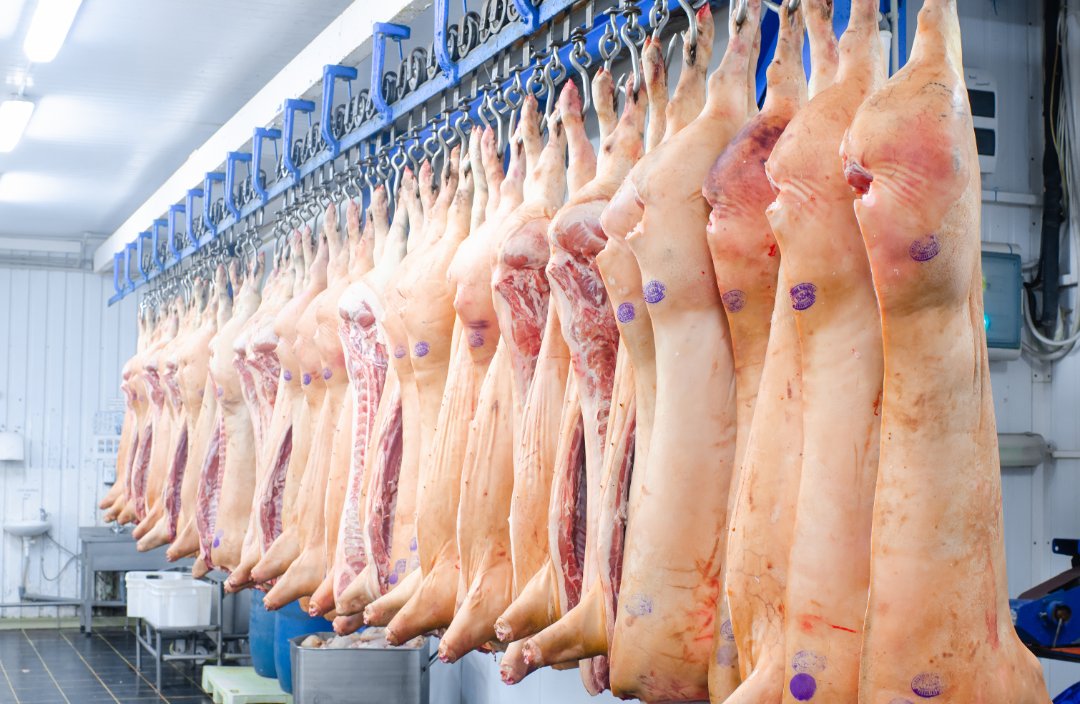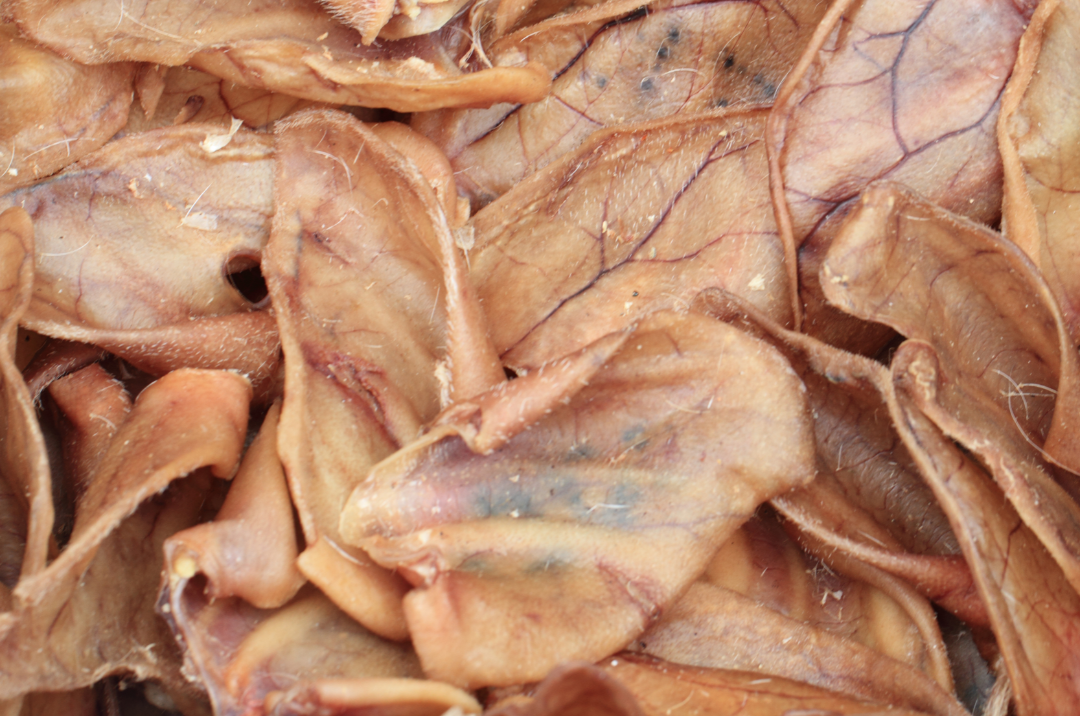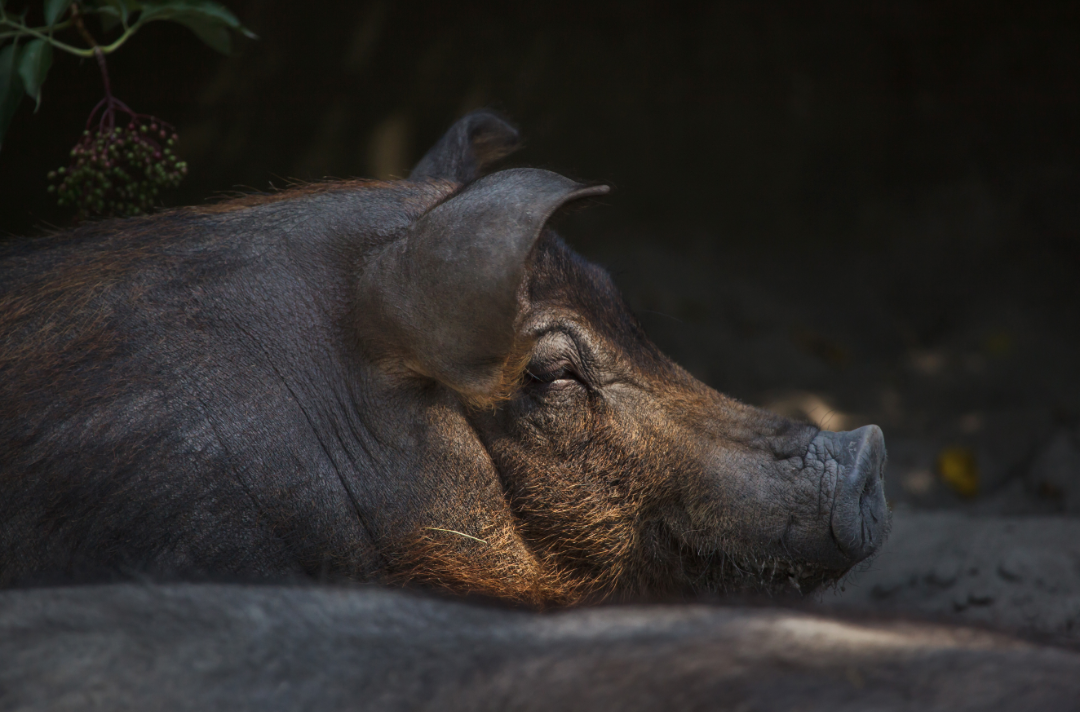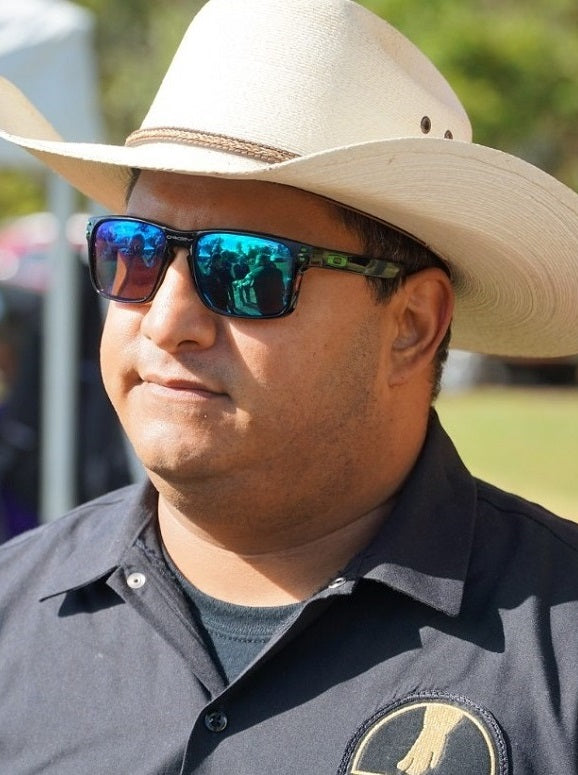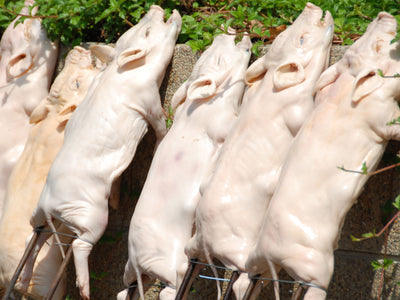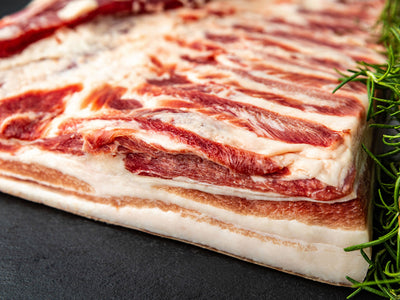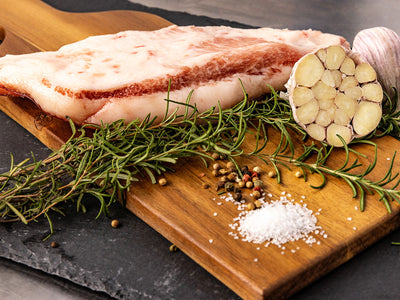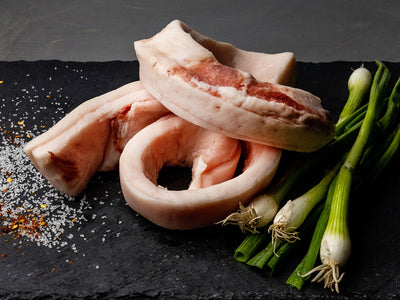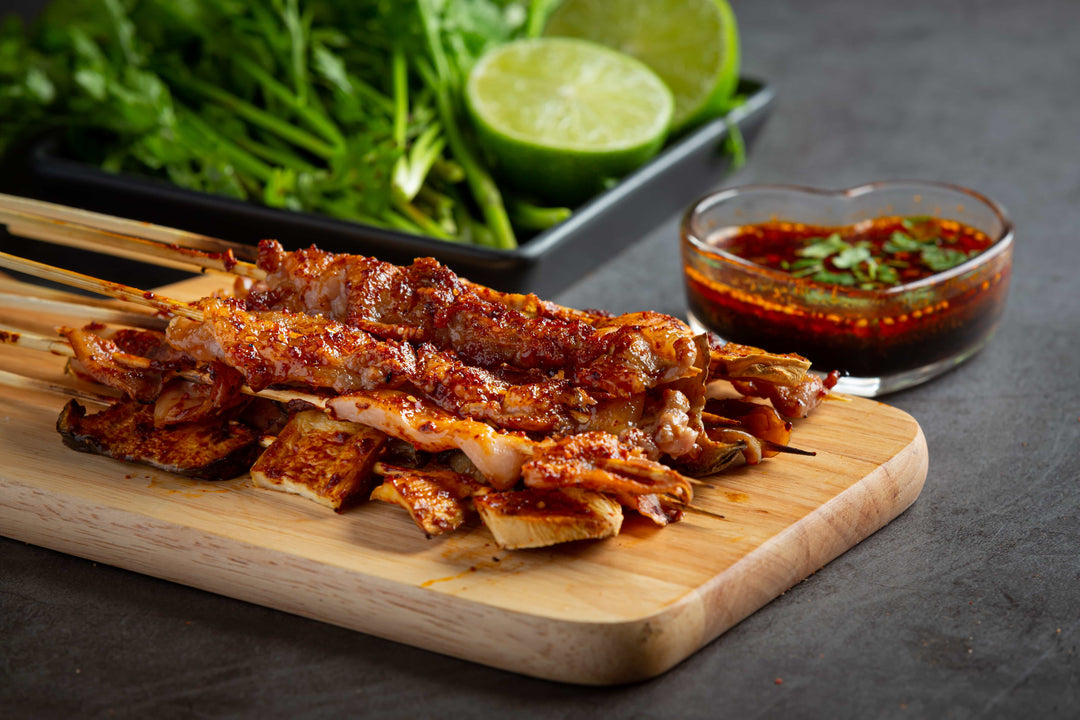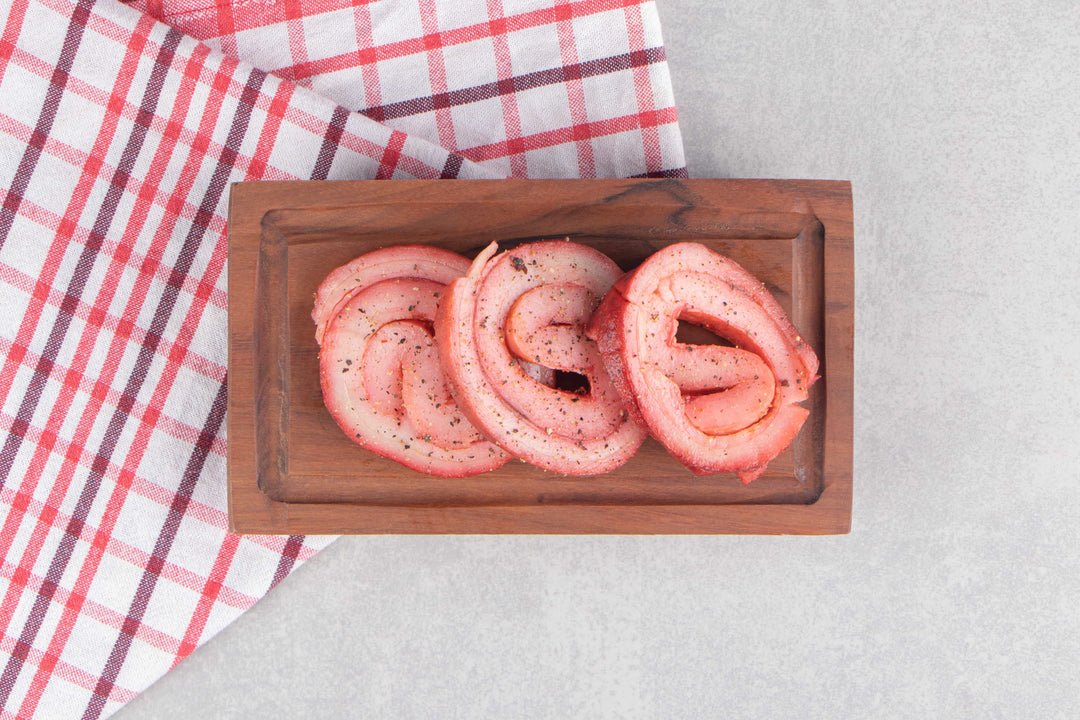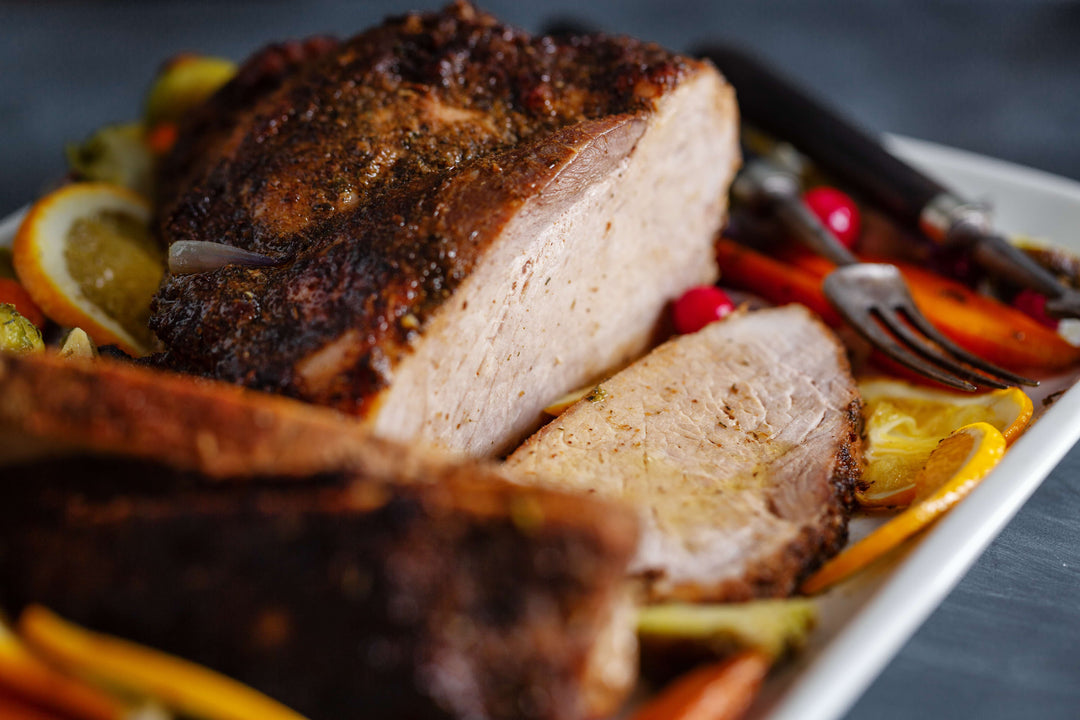Table of Content
- What Makes Pork Butt Perfect for Smoking?
- The Basics of Smoking
- Choosing the Right Pork Butt
- Conclusion
If you've ever dreamed of falling your teeth into perfectly smoked, tender, juicy pork butt. You're in the right place. Smoking pork butt isn't just a cooking method. It's an art form, a ritual, and a delicious journey that rewards patience and attention to detail. Whether you're a BBQ rookie or a weekend pitmaster, understanding it will take your smoking game to a new level. Ready to unlock those secrets? Let's cook in with pork butt recipes.
So let’s find the anwer how long to smoke a pork butt and how to bbq right pork butt?
What Makes Pork Butt Perfect for Smoking?
The pork butt, also known as the Boston butt, is actually from the upper part of the pig's shoulder. Not the rear, as the name might suggest. What makes it perfect for smoking is its fat content and connective tissue. These elements melt down during the low-and-slow cook, basting the meat from within and creating that signature juicy tenderness.
Why does this matter? Because, unlike lean cuts that can dry out, pork butt has enough marbling to stay moist for hours. Its rich fat cap also provides natural insulation during smoking, preventing drying and helping develop a delicious bark. A smoky crust that's every BBQ lover's dream.
Now, you might wonder how competition pitmasters differ from backyard cooks. The pros often trim and sculpt the meat for consistency, apply complex rubs, and time their smokes to the minute. At home, though, simplicity wins. A good quality pork butt with a simple rub and steady heat can yield mind-blowing results without the stress.
The Basics of Smoking
Smoking is all about patience. It's low-and-slow cooking, usually between 225 and 235°F. Where you expose meat to smoke over many hours. This slow cooking breaks down tough collagen, allowing flavors to soak in deeply. The smoke isn't about taste. It chemically transforms the meat, enhancing tenderness and juiciness in ways no oven roast can match.
Think of smoking as a gentle coaxing rather than a rush job. You want that tender pull-apart texture, a rich, smoky aroma, and a bark that crunches softly with each bite.
1. Choosing the Right Pork Butt
Selecting Quality Meat
The foundation of great BBQ is great meat. Pork butt roast can come from various sources, but you want to aim for quality. Heritage-bred hogs—like those raised at Red Field Ranch—have more intramuscular fat and better flavor than standard supermarket pork.
Size of Pork Butt
For home cooks, an 8 to 10-pound pork butt hits the sweet spot. Smaller ones cook faster but might dry out, while bigger cuts require patience and a larger smoker. If your smoker is compact, scale accordingly, but remember that larger cuts often have a better fat-to-meat ratio, improving taste and texture.
2. Preparing the Pork Butt for the Smoker
No Trimming Needed
You might be tempted to trim fat, but here's a secret: for home cooks, leave it alone. That fat cap melts during cooking, keeping the meat moist and juicy. Competition chefs sometimes trim for presentation or precise heat penetration, but for backyard BBQ, fat is your friend.
Seasoning the Pork Butt
Simplicity is often best. Start by rubbing the pork with a thin layer of mustard or apple cider vinegar. These act as binders, helping the dry rub stick and adding a subtle tang. Don't worry. The mustard flavor won't dominate.
For the rub, salt and black pepper are essential. Think of them as the foundation. Add garlic powder, paprika for color and mild sweetness, and a touch of cayenne if you like heat. This straightforward mix enhances the pork's natural flavors without overpowering them.
Letting the Meat Rest
Here's a step often skipped but critical. Let the seasoned pork butt sit at room temperature for about 30 minutes before smoking. This helps the rub penetrate deeper, promoting even seasoning and more balanced cooking. It also prevents cold meat from shocking your smoker and disrupting temperature control.
3. Setting Up the Smoker
Choosing the Right Smoker
Pellet, charcoal, or wood smoker? Each has a bonus. Pellet smokers offer precise temperature control, charcoal provides a classic smoky flavor and a ritualistic experience, and wood smokers bring intense, layered smoke profiles. If your smoker can hold a steady temperature in the 225–235°F range, it's up to the task.
Wood Choice
Wood choice shapes the flavor. It delivers robust, bacon-like smoke, a classic BBQ favorite. Fruitwoods like cherry or apple impart mild sweetness, perfect for pork. Pecan sits in between, offering a rich, nutty flavor. If you're new to smoking, experiment by mixing wood or try one at a time to find your favorite profile.
Smoking Temperature
Maintain a steady heat between 225 and 235°F. Temperatures lower than this will slow cooking drastically; there is a higher risk of drying out the meat or burning the bark.
Use a quality thermometer to monitor the smoker's internal temperature throughout.
Maintaining Airflow
Airflow controls your fire and smoke. Open vents let oxygen feed the fire, raising the temperature. Closing vents reduces heat. Balance is crucial. Too much smoke can lead to bitter flavors, while too little dulls the signature smoky aroma.
Keep vents adjusted so the fire glows steadily, and resist opening the smoker frequently, which cools the chamber and lets the smoke escape.
4. The Smoking Process
Smoking for Flavor
The first 3-4 hours are critical for smoke absorption. During this time, keep the smoker closed. Every time you open it, you lose precious heat and smoke.
Smoke penetrates best when the pork's internal temp is between 150 and 160°F. Beyond that, the meat's surface proteins tighten and repel smoke particles.
Monitoring Internal Temperature
Use a reliable probe thermometer inserted into the thickest part of the meat. Watch for the "stall" around 150-160°. When the internal temperature stops rising for hours due to evaporative cooling,
The Wrapping Stage
When the pork hits 160°F, wrap it tightly in foil or butcher paper. This traps moisture and heat, pushing the meat through the stall and locking in juiciness.
5. The Final Cooking Phase
Finishing the Cook
After wrapping, keep the smoker at the same temperature and continue cooking until the pork butt reaches 195°F. This is the sweet spot where connective tissues fully break down, and the meat becomes tender enough to shred effortlessly.
Resting the Meat
Resting is non-negotiable. Let the pork butt rest for at least 30 minutes in a cooler or warm oven. This lets the juices redistribute, so they don't all spill out when you shred.
Shredding the Pork
Once rested, it's time to pull the pork. Use heat-resistant gloves or forks and pull the meat apart gently. You'll notice the pork naturally shredding into juicy strands that melt in your mouth.
Utilizing the Jus
Don't waste that flavorful liquid trapped in the foil or pan. Pour the juices over the shredded pork and toss well. It adds moisture and amplifies smoky, savory notes.
6. Serving and Storing the Pulled Pork
Serving Right Away
Pulled pork is incredibly versatile. Serve it on soft buns with coleslaw, pickles, and your favorite BBQ sauce. Or try it with classic Southern sides like baked beans, cornbread, or mac 'n' cheese.
If you want an extra flavor boost, toss some of the jus back into the pork before serving. It keeps every bite juicy and flavorful.
Storing Leftovers
Pulled pork keeps well. Store leftovers in airtight containers in the fridge for up to 4 days. For longer storage, freeze in portions for up to 3 months.
When reheating, warm gently in a pan with a splash of broth or save jus to maintain moisture. Avoid microwaving straight from the fridge, which can dry out the meat.
7. Optional Add-ons for Enhanced Flavor
Injections, Marinades, and Glazes
Though optional, injecting the pork with apple juice or a marinade can enhance juiciness and flavor. Glazing with honey or brown sugar-based sauces in the final hour adds a sweet, caramelized crust.
Experimenting with Rubs and Sauces
Don't hesitate to experiment. Add cumin, chili powder, or smoked paprika to your rub for complexity. Try mustard-based or vinegar-based sauces to tailor your pork to your preferred flavor profile.
Conclusion
Have you got your answer for how long to smoke a pork butt?
Smoking pork butt is as much about passion as it is about technique. It demands patience, respect for the process, and a focus on quality ingredients. The reward? Succulent, smoky, tender pork that brings people together and satisfies the soul.
So, next time you fire up your smoker, remember: it's not just cooking. It's crafting memories, one delicious bite at a time. And if you want to start with the best meat possible, check out heritage pork from Red Field Ranch. Quality like that makes all the difference.
Frequently Asked Questions
Usually, 8 to 10 hours for an 8–10 lb cut at 225–235°F, plus 30–60 minutes for resting. Low and slow is key, don’t rush it.
This is not for home cooking. Leave the fat cap on—it helps keep the meat moist. Trimming is mainly for competition or presentation purposes.
Stick to 225–235°F. This range melts fat and collagen slowly, giving you tender, flavorful pork with a fantastic bark.
Yes, pellet, charcoal, electric, or wood smokers all work. Just make sure the smoker can maintain a consistent temperature and has good airflow.
Yes, once it hits about 160°F, wrapping helps push through the stall, locks in moisture, and prevents oversmoking.
